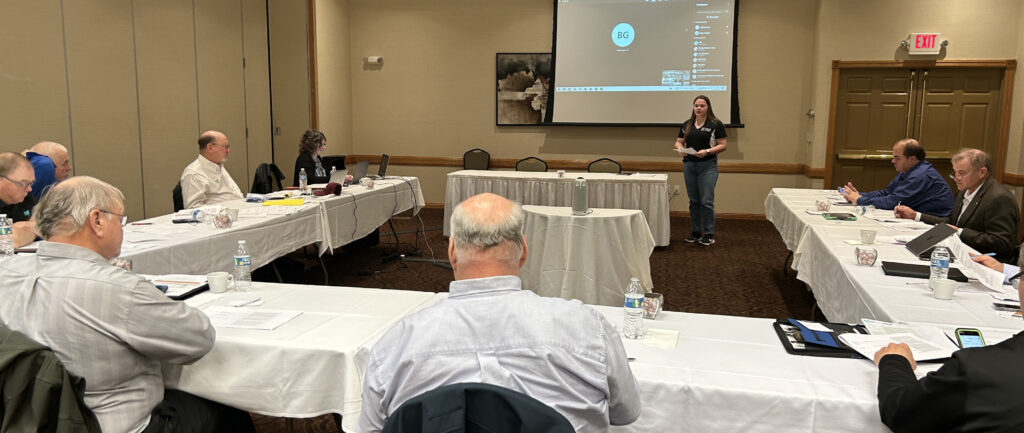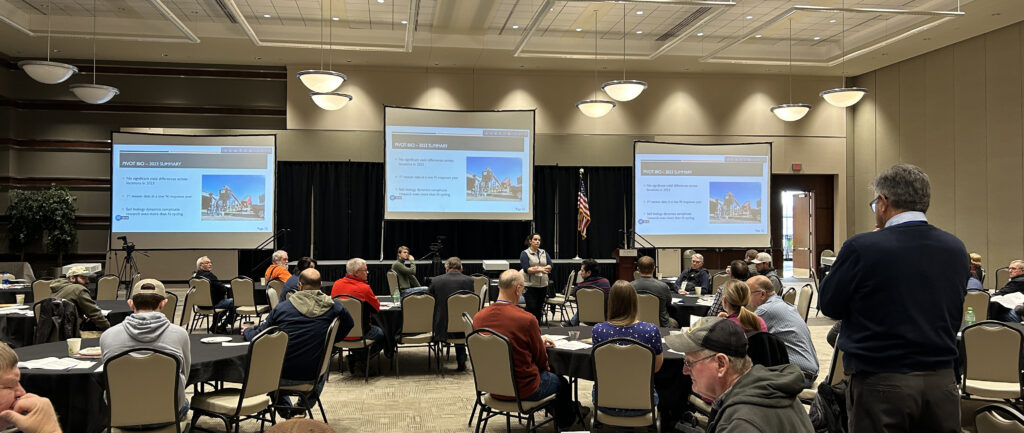We are getting disturbing reports across the country of farmers applying pesticides off label and/or under recommended thresholds. Two recent issues, dicamba application to dicamba tolerant soybeans and lowering the aphid threshold to 5-10 aphids per plant are particularly disturbing.
Apparently several thousands of acres of southern cropland have been exposed to a variety of dicamba drift issues. The single most important fact is NO dicamba-containing herbicide is legally labeled for over-the-top application on soybeans. It is irrelevant as to the genetic potential of the crop; it is illegal to apply dicamba to a soybean crop. However, soybeans seen as weeds are a different issue.
Various regulatory agencies in the southern states are now investigating. Farmers caught applying dicamba over-the-top of dicamba soybeans will face penalties ranging from a fine to complete crop destruct at their expense.
The resulting damage from this illegal activity could also reach the marketplace possibly making all Mississippi Delta raised soybeans hard to sell. It doesn’t take long to imagine how quickly this could turn into a financial storm for all soybean farmers. My final comment is simple: Obey the law. In 2016, this means, do not apply dicamba to dicamba-tolerant soybeans. Hopefully next year things will be different.
Aphids
Farmers have been scouting for soybean aphids. Compared to 2015, aphid populations have been developing slower this year, but I heard of one small field reaching the recommended threshold of 250 aphids per plant. I also saw some insecticide salesmen recommending application at a threshold of 5-10 aphids per plant.
The entomology team at the University of Minnesota has developed a document that goes into great detail about the economics and biology of soybean aphid control, and why the threshold of 250 aphids per plant is still accurate.
Beyond the economics of this year looms the issue of insecticide resistance management. Currently, there are three classes of insecticide available for soybean control; organophosphates, pyrethroids and neonicotinoids. Managing insecticide resistance will mean proper chemical rotation, as well as using proper threshold levels.
Many farmers use neonicotinoids as seed treatments and they are part of some premixes for foliar application.
Pockets of south central Minnesota aphids were found to be resistant to pyrethroids.
The EPA is currently reviewing the label for chlorpyrifos.
At the end of the day, we just have way too few tools in the toolbox. Risking those tools for a possible one year profit becomes questionable for a wise grower. Lowering the application threshold increases the risk of developing insecticide resistance.
University of Minnesota’s Dr. Aaron Lorenz is working on a Minnesota Soybean Research & Promotion Council (MSR&PC) funded project to develop an aphid-resistant soybean adapted to Minnesota, but that tool is several years away from being available.
Farmers have to make tough management decisions. Try your best to make good ones.







